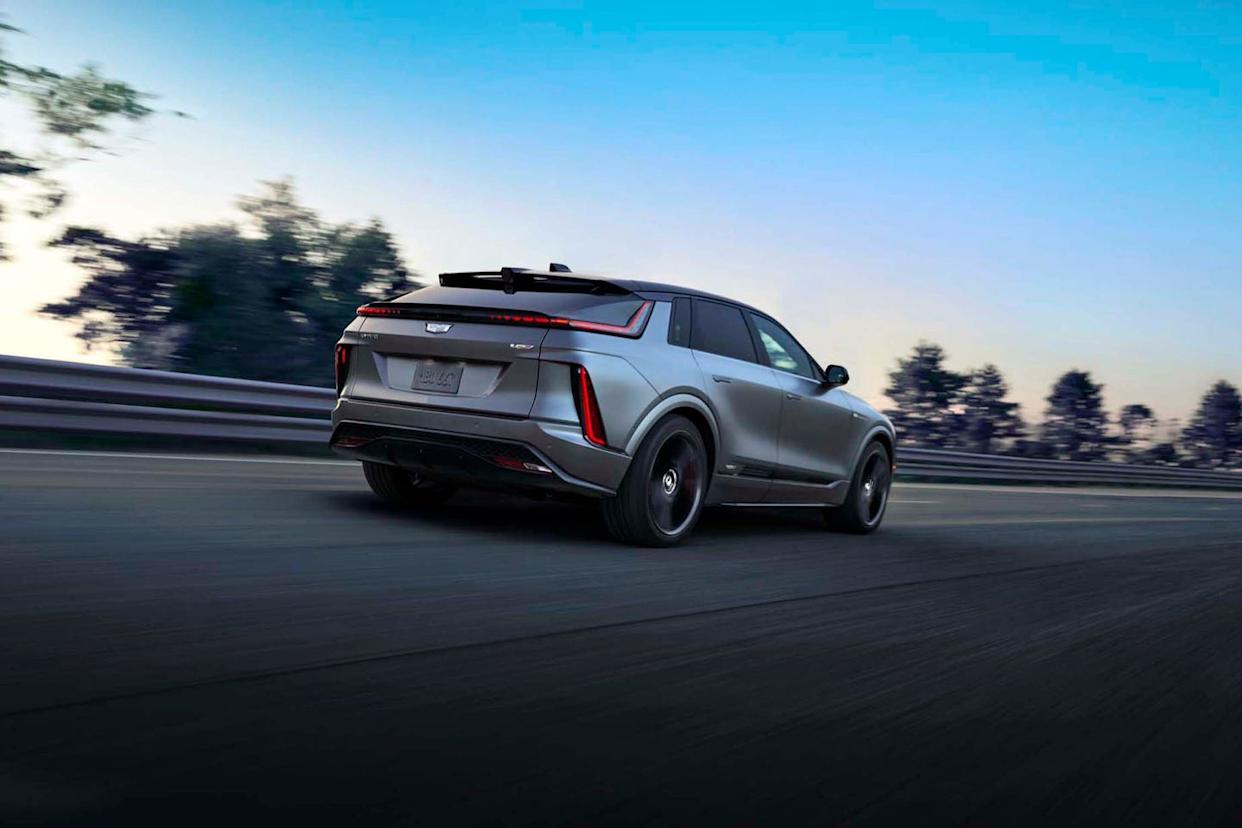
Yes, the 2026 Lyriq-V is the quickest Cadillac ever, according to the brand—quicker to 60 mph than the rip-roaring, bombastic, furious-sounding CT5-V Blackwing sports sedan. And yet, here we are on a stretch of tarmac in a back lot at the Tacoma Dome, laying down 60-mph sprints in seemingly endless supply. There is only the slightest scramble of the nearly 6000-pound electric SUV's front tires—no smoky burnouts here—and only a muted whoosh and whine you might not pick up over ambient traffic noise.
At the risk of sounding blasé, what more is there? Fortunately, we can report that the Lyriq-V is much more than another prestige-badged three-second chiropractic adjustment. The latest addition to Cadillac's V-Series stable carries forward all we like about the Lyriq and makes the whole package more athletic.

Far across the lot, at a coned-off autocross course, we do a double-press of the red V button on the steering-wheel hub, which calls up Competitive mode and unlocks the powertrain's full 615-hp, 650-lb-ft output. (Power can be bumped up on its own too, without the additional handling benefits.) Comp mode dials in the settings for top performance and is quicker to limit front motor output at corner entry (via understeer), yet it allows more rear motor output on exit (and limits inside-corner wheelspin). Keep your right foot buried, and it'll rotate like a sheared bolt head.
While running a vehicle this bulky on an autocross hot lap felt rather ridiculous, it underscored the point that there's fun to be had here—and that the combination of a quicker steering rack and a retuned suspension pay dynamic dividends.

Lyriq-V Gears Down for More
Without the powertrain's full output unlocked, the Lyriq-V makes the same 515 horsepower and 450 pound-feet of torque as other dual-motor Lyriqs. But even then, acceleration is quicker off the bat because Cadillac dug into GM's history books for an old muscle-car trick—a deeper reduction ratio at both axles versus non-V models.
After our parking-lot shenanigans end, we head out into Seattle traffic and experience some of the most pitchy, heaving back roads the metro area has to offer. It emphasizes that the Lyriq-V isn't just quicker than the Lyriq, but also more controllable. The V's quicker steering doesn't feel any less confident on-center; if anything, it's probably what this EV family should have shipped with from the start.
One decision the Lyriq's team got right from the get-go was skipping air suspension. It's still not here, by the way, and we're not exactly yearning for it (see our thoughts on the related Acura ZDX Type S). What makes the Lyriq-V feel much more buttoned down on those heaving back roads, without adding much (if any) harshness, are the Sachs four-corner adaptive dampers. Relying on solenoid-controlled valving, they deliver a wider range of damping (especially rebound damping, in this hefty SUV's case) than the magnetorheological damping used elsewhere in GM's performance lineup. Cadillac also stiffened the springs, mounts, anti-roll bars—pretty much every major suspension-related bit, front and rear.

Braking is more capable too. The Lyriq-V gets unique six-piston Brembo calipers and 15.4-inch rotors up front, while the single-piston, 13.6-inch setup in back is shared with other Lyriqs. An optional non-coated rotor with a metallic lining trades off a little noise for improved performance and heat resistance, GM claims. Sticky, quiet V-rated Continental PremiumContact 6 summer performance tires (275/40R-22 front and rear) are included, although Michelin all-seasons can be subbed in.
"Isolated precision" is the term Cadillac engineers used to sum how its vehicles are tuned, with V-Series models like the Lyriq-V getting more of an emphasis on precision. According to Alex Doss, the engineer in charge of performance integration, it was especially important to establish equal focus on both halves in the Lyriq-V. "It's comfortable and quiet enough that you may not even realize the V until you choose to drive the vehicle as such," he told us. And he's right; under light loads, the Lyriq-V does feel like a luxury car.
But the Lyriq-V is perhaps a little too quiet at the moment—it's missing its sound profile. For 2026, in addition to in-cabin sound supplementation, all Lyriq-Vs (and most other Lyriq trims) are being fitted with downward-facing external speakers set to generate a "performance sound" in V-Mode. But the sound was not finalized in time for our drive, so for the time being, V-Mode was essentially the same as Stealth mode—dead silent at full tilt, like a Tesla. Cadillac promises that the final sound file will be delivered via over-the-air update later this year, covering the Lyriq-Vs that leave the factory before everything gets finalized.

Keeping Its Cool
Back to propulsion, outside of the reduction ratios introducing a lot more wheel torque and the stronger half-shafts to cope with it, the Lyriq-V's power-management changes are minimal. From the permanent-magnet motors and the inverters to the 102-kWh battery pack and its large-format lithium-ion pouch cells, the whole shebang is broadly shared with and carried over from other Lyriqs.
Instead of throwing a bunch of new parts into the equation, engineers instead targeted temperatures—specifically, keeping the battery a few degrees cooler in most situations to keep the Lyriq-V ready to deliver max power and torque for longer. Cooling hardware in all 2026 Lyriqs gets a flow boost, but in the V, engineers also advanced the trigger point for more active cooling of the battery in performance driving.

Altogether, the V's higher output and more proactive cooling don't have a huge effect on the Lyriq's efficiency and range. Cadillac estimates an EPA range rating of 285 miles, 18 miles below the federal estimate for the least efficient 2025 Lyriq. Fast-charging also remains in line with other Lyriqs, meaning a peak of around 190 kilowatts. According to Cadillac, that means 10 minutes of charging can net up to 75 miles of range, or the Lyriq-V can get from a "low state of charge" to 80 percent in about 41 minutes (with similar results on Tesla Supercharger hardware with an adapter). Yup, there's no NACS port here yet; but there will be for the smaller Optiq-V.
The Lyriq-V has no mechanical disconnect for the motors, so it operates in something close to rear-wheel drive in steady-state highway driving, while regenerative braking favors the front motor.
The 2026 Lyriq-V starts at $80,090, about 20 grand higher than a base Lyriq. Our first-drive example added the $5700 Carbon Fiber package, plus some flashy red paint, red-painted brake calipers, and the performance brake lining for an out-the-door total of $87,610. Premium versions start $5200 higher and step up to a 19.2-kW onboard charger (versus the standard 11.5 kilowatts), plus nappa leather upholstery and a panoramic sunroof. All versions include Super Cruise.

The Lyriq-V echoes the role of a stealth performance vehicle. If you don't catch the V badging, there are other signals: unique dark 22-inch wheel design and a black roof, with body-color wheel-opening moldings—plus the carbon-fiber lower-body trim. Inside, it's the same quiet, comfortable, richly trimmed Lyriq we've come to appreciate. The Lyriq-V includes a sharp head-up display and a 23-speaker AKG Studio sound with Dolby Atmos and active noise cancellation. The cabin has the same 33-inch wrap-across screen as other Lyriq models, with touchscreen areas at the far left for some functions and at the center of the vehicle for infotainment. And it still has Apple CarPlay!

No matter what it will eventually sound like, the Lyriq-V is a solid performance package. It doesn't lose much range, it doesn't drive heavier like performance versions of the BMW iX and Mercedes-Benz EQE, and it doesn't have a disappointing cabin like the Q6 e-tron. It's simply a better version of the model it's based on—just about the best foundation you can ask for.
You Might Also Like
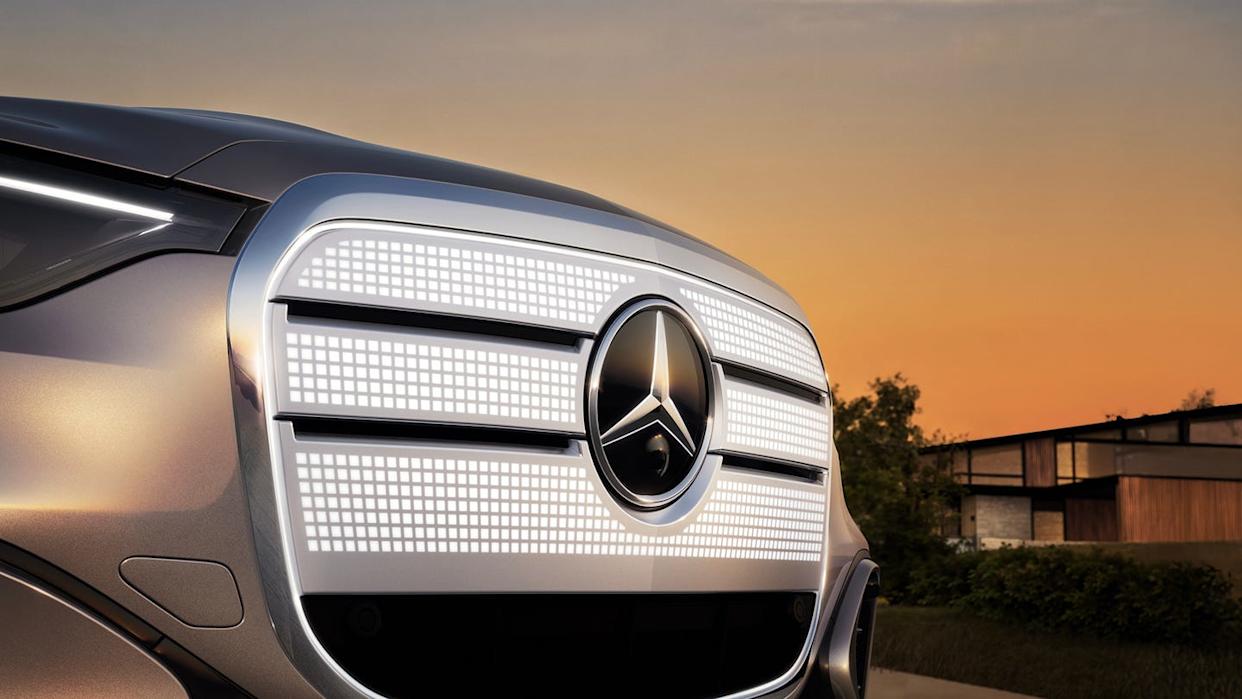
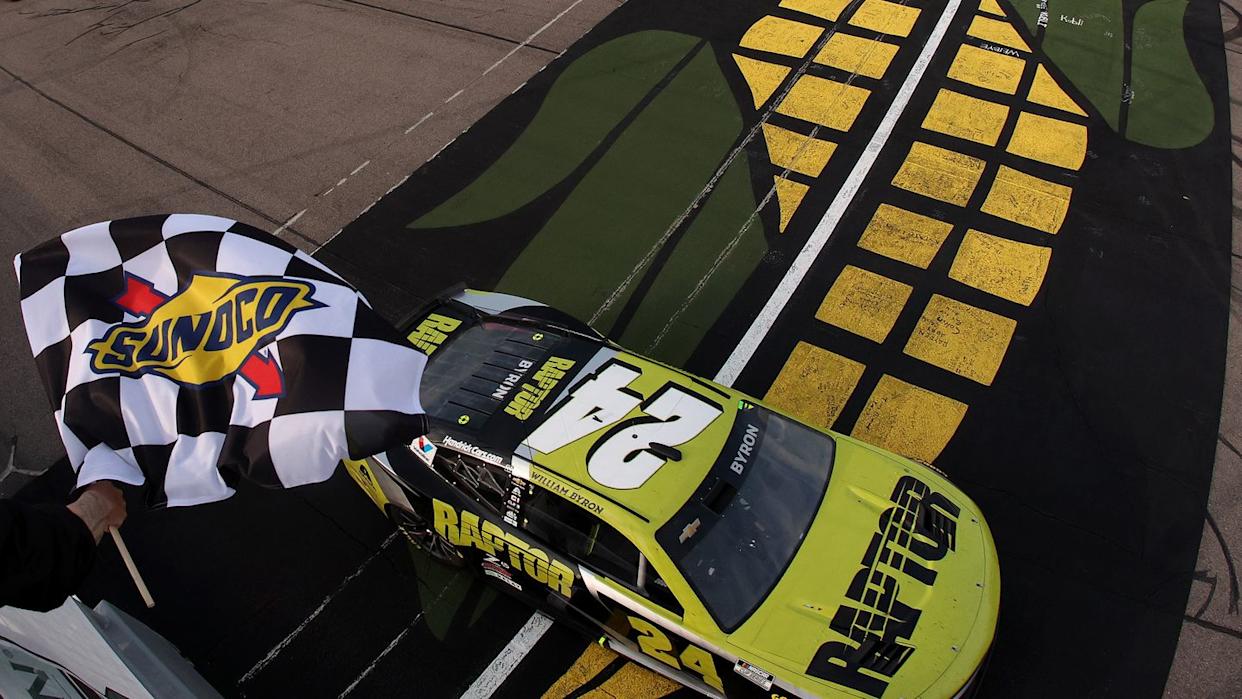

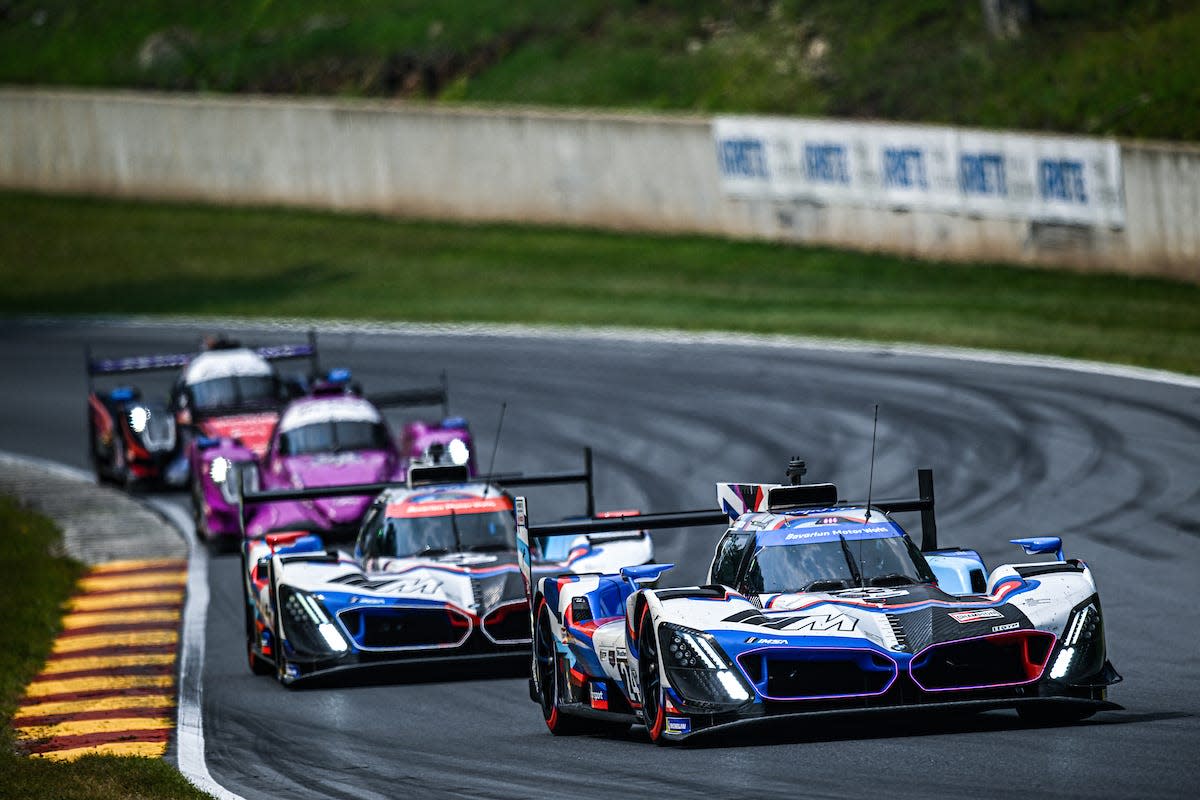
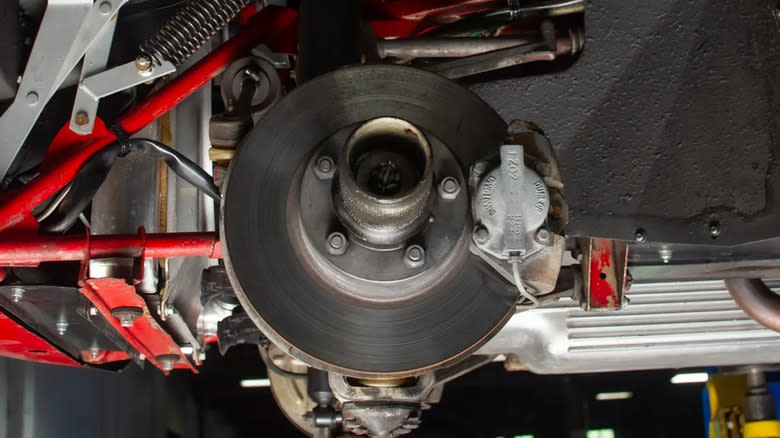
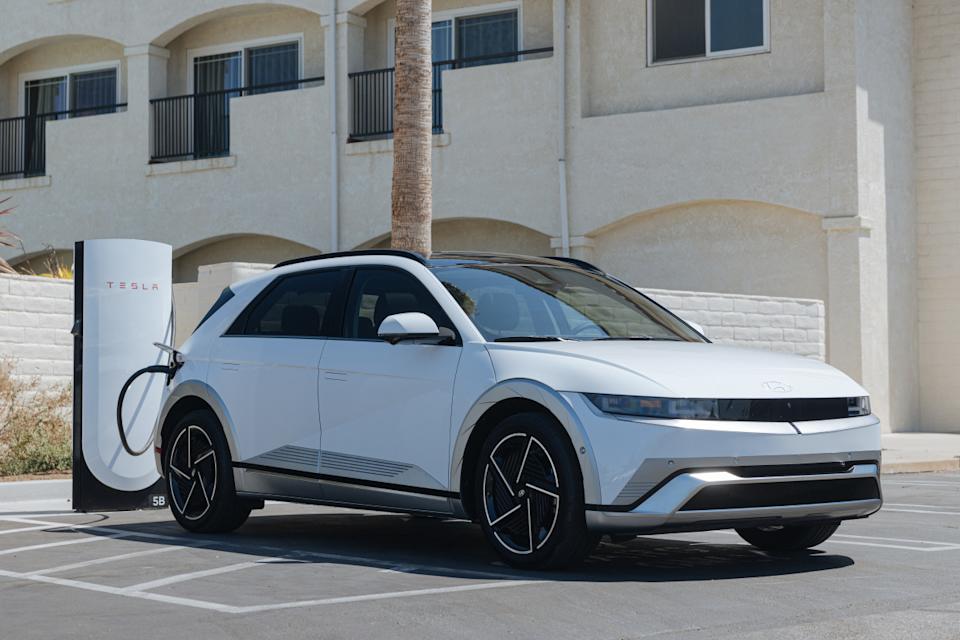
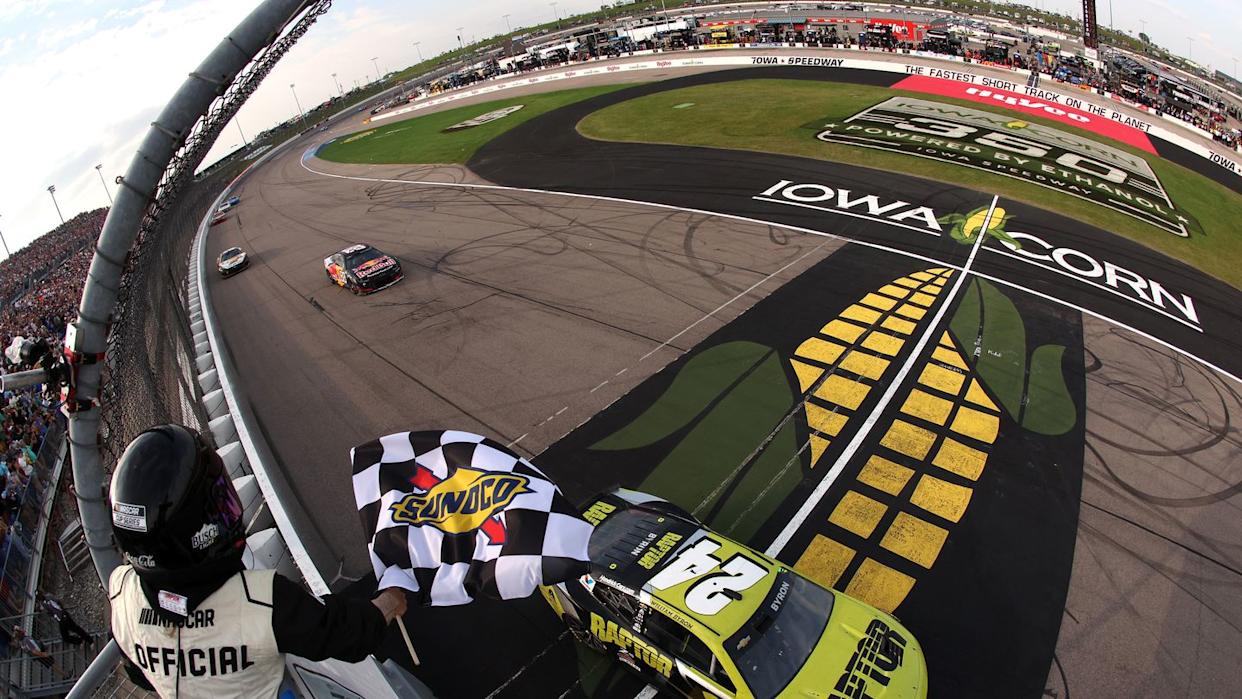
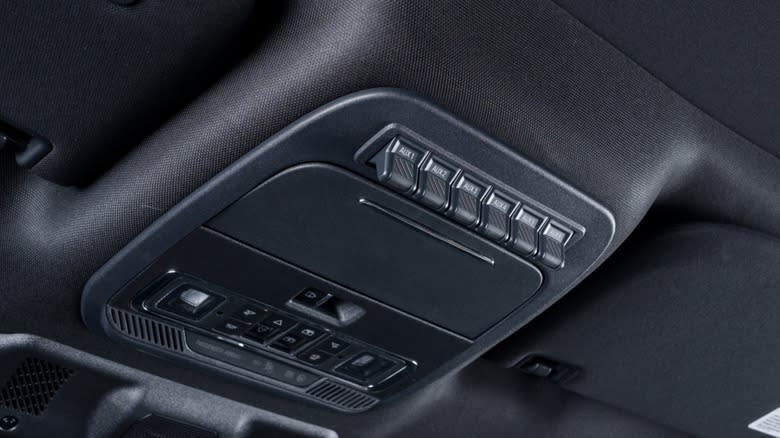
Comments